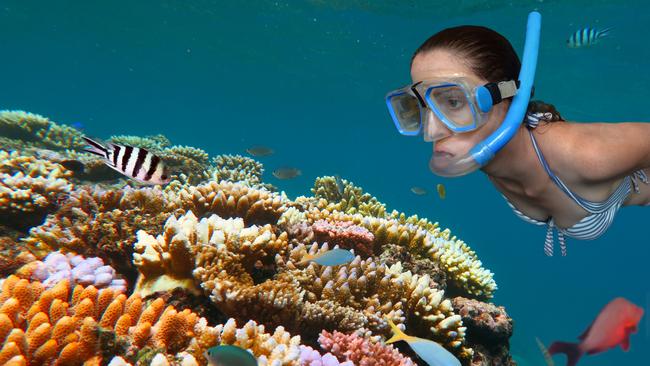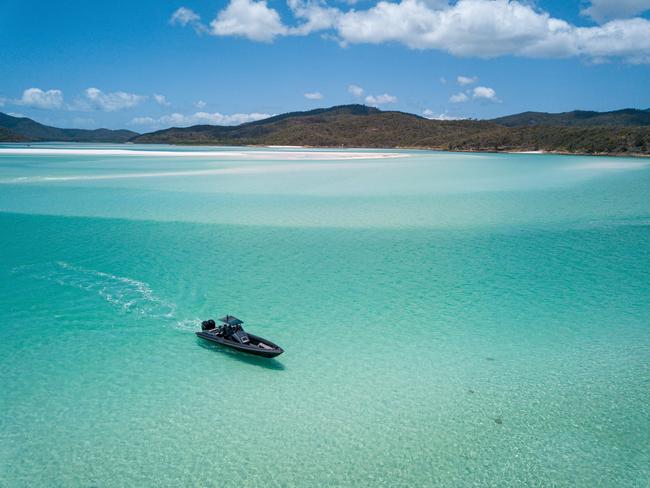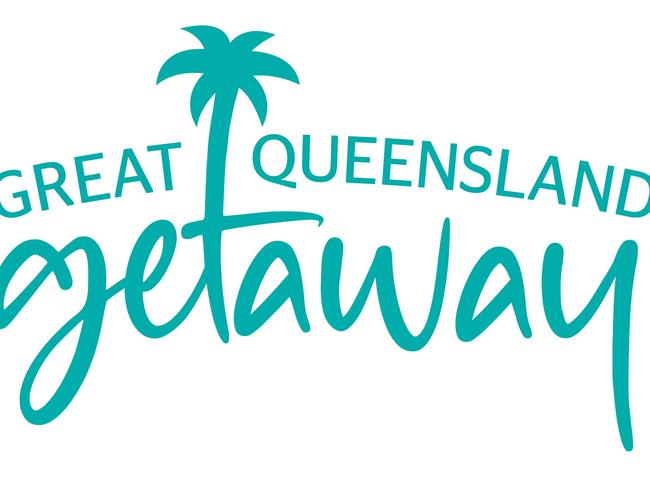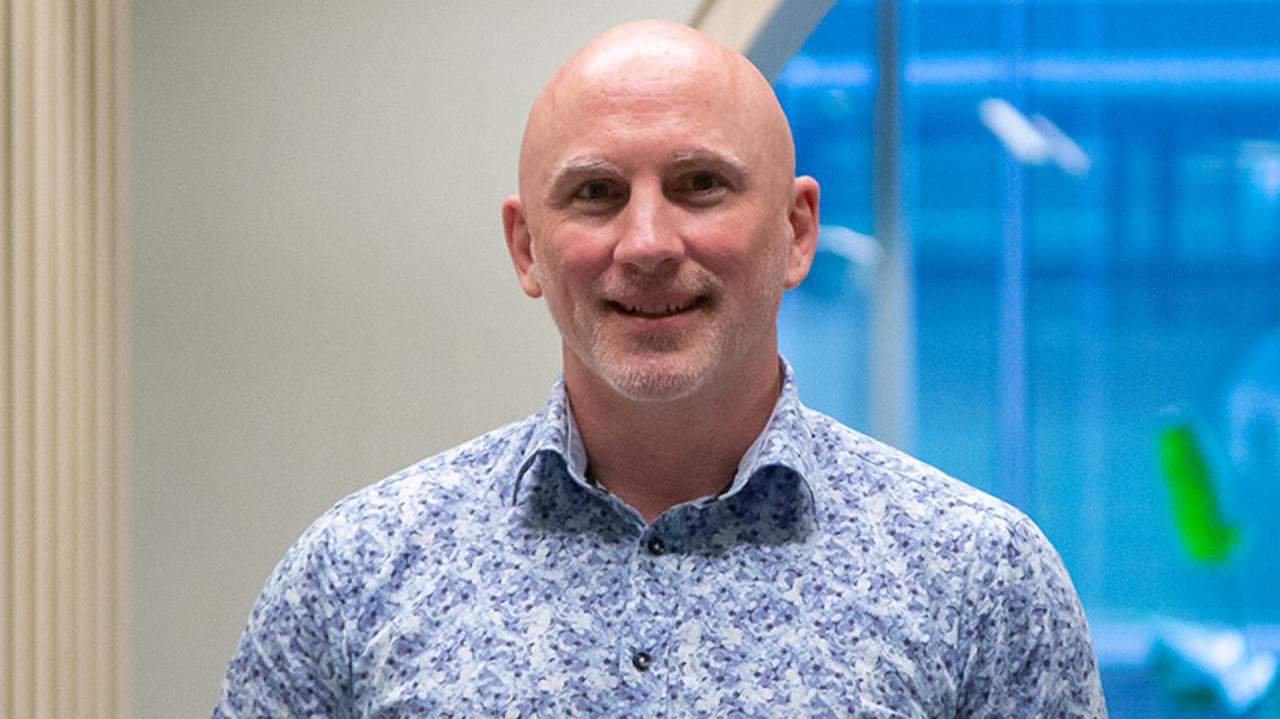Call of the deep: Enjoy the ultimate Whitsundays diving experience
Venture beneath the blue for a true down-under experience.

SmartDaily
Don't miss out on the headlines from SmartDaily. Followed categories will be added to My News.
With our borders officially open to the world again, it’s prime time for Australians to explore our domestic attractions, before tourism ramps up to full strength.
And while the pandemic has seen a boom in domestic travel to local regions and cities, a land-based holiday just scratches the surface. In a nation surrounded by water, venturing beneath the blue is a key part of experiencing all that Australia has to offer.

One of the Seven Natural Wonders of the World, The Great Barrier Reef, should be top of the list for homegrown holiday-makers, according to Captain Shayne Fielder, of Whitsundays-based Triple 888 Eight Motor Yacht.
“There’s so much beauty you don’t see unless you go snorkelling or diving,” Fielder says.
“Diving appeals to all ages. You’re weightless, so you don’t have to be the most physically active person to be able to dive in some sort of capacity and enjoy marine life.”
Nicole Cawte is among those to heed the call of the deep. Since picking up scuba diving as a Covid hobby two years ago, she has notched up more than 500 dives and now works as a diving instructor alongside Fielder.

“Most of the world’s surface is water – if you’re not going underwater, you’re not seeing more than half the world and its beautiful creatures,” Cawte says. “It’s so peaceful – it’s a form of meditation. It’s a wake-up to how big and beautiful the world is.”
While snorkelling provides an accessible first step, Cawte says investing the time into becoming dive-certified is worth the effort.
“Diving is an easier sport, you’re not faced with currents on the surface, so it’s more relaxing, you don’t have to kick as much and you can get more up close and personal.”

If you’re unsure about diving straight into an open-water course, you can start with an introductory dive, which, after a short briefing, enables you to scuba dive in shallow water under the close supervision of an instructor. Next step is an open water course, which includes classroom theory and water practice over several days. The certification lasts a lifetime and will enable you to hire or use your own scuba gear, plus go out on dives independently, to a maximum depth of 18m, anywhere in the world. Following up with an advanced course is the ticket to deeper waters and a wider variety of dive sites.
“The Whitsundays is one of the easiest places to dive,” says Cawte. “The water is warm, calm and protected with good visibility. It’s the perfect spot for a new diver, and also has lots of options for advanced divers.”
Click here or scan here for your chance to WIN a superyacht escape to the Whitsundays.


5 TIPS FOR FIRST-TIME DIVERS
Give it a chance
The underwater world isn’t the natural domain for land-dwelling humans, so it’s understandable to feel nervous about going under. Cawte advises would-be divers to face their fears and let the ocean’s calming effects take over. “I’ve seen it many times – people will feel nervous going in, but when you see the amazing marine life and corals, those fears and worries just disappear.”
Take it slow
A slow and gentle approach towards marine life will get creatures onside for some incredible encounters and underwater photos. “Approach
them slowly, and you’ll be able
to get up really close and personal,” Cawte says. “Turtles are a great example, along with manta rays and the enormous Maori wrasse fish.”
Stay hydrated
Breathing tank air can be drying, and there aren’t opportunities to drink water when you’re down on a dive. “Drink plenty of water before and after diving, as the dives usually last around 40 minutes,” Cawte says.
Fact find
Knowing a few facts about the creatures you’re likely to see underwater will give your encounters a fascinating new dimension. “Once you know something about them, you can observe it, it’s really interesting to see,” Cawte says. “There are sea cucumbers that eat and poo out of the same hole, and have little fish living inside them. Parrot fish create sand from coral, you’ll often see them eating it.”
Test the waters
As you notch up your diving experience and increase your confidence, there are various ways to keep your experiences diverse and interesting. “You can try drift diving, where you travel with a current and get picked up in another location,” Cawte says. “It enables you to cover a lot more ground and you pass different populations of fish. Wreck diving gives you another aspect – you can imagine what the rooms were once used for and see marine creatures transform them into a different purpose.”
Originally published as Call of the deep: Enjoy the ultimate Whitsundays diving experience



